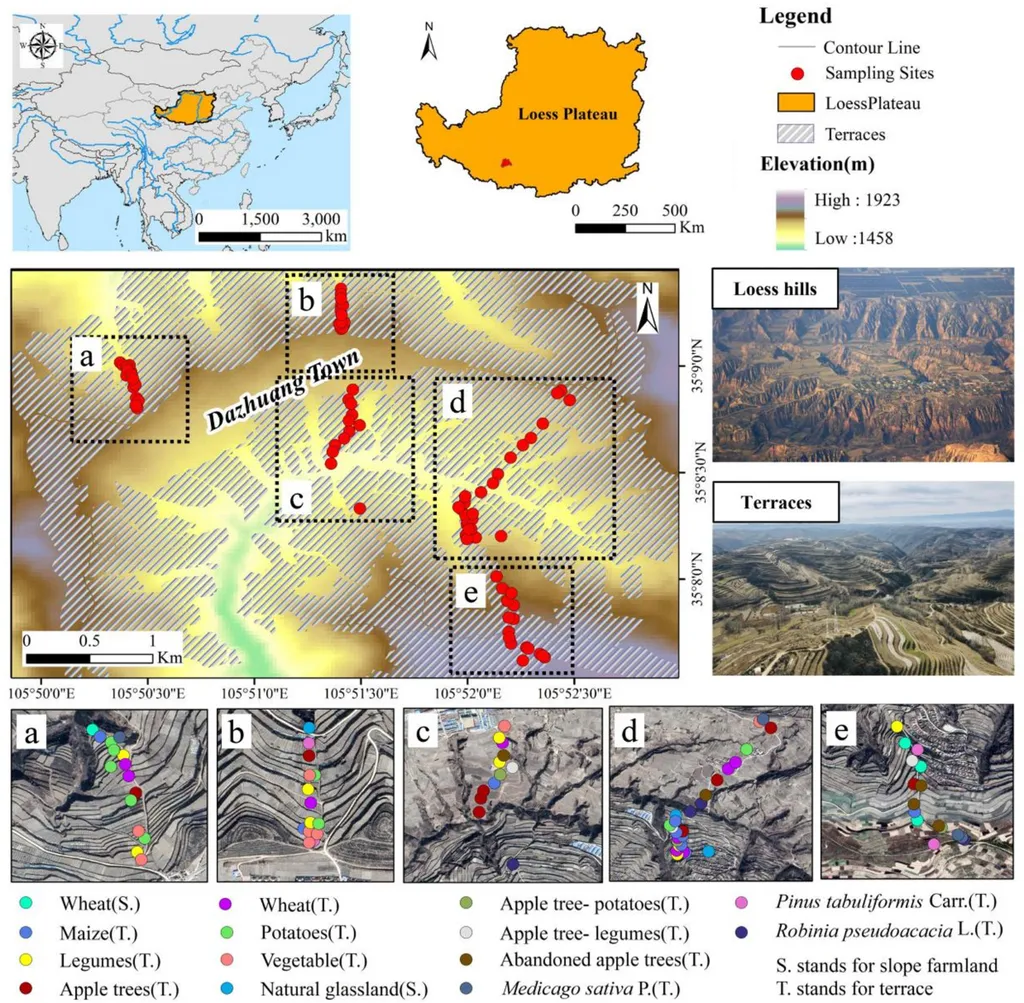In the vast, arid landscapes where loess—a type of sedimentary soil—dominates, engineers face unique challenges in constructing stable foundations for large-scale projects, particularly in the energy sector. A recent study published in *Yantu gongcheng xuebao* (Chinese Journal of Geotechnical Engineering) by GUO Nan and colleagues from Lanzhou University of Technology and the Army Service University sheds new light on the mechanical properties of transversely isotropic unsaturated loess, offering potential breakthroughs for future construction projects.
Loess, known for its loose, porous structure, poses significant risks in engineering applications due to its susceptibility to deformation and failure under load. The research team, led by GUO Nan, aimed to develop a more accurate strength criterion for this type of soil, which is crucial for predicting the stability of large-area fill foundations commonly used in energy infrastructure.
The study introduces a novel approach by incorporating matrix suction and transverse isotropy parameters into the Lade Duncan strength criterion. This adjustment allows for a more precise prediction of the strength and deformation characteristics of unsaturated loess. “By considering the spatial sliding surfaces and the unique properties of loess, we can better understand how it behaves under different stress conditions,” explains GUO Nan. This understanding is vital for designing safer and more efficient foundations for wind farms, solar installations, and other energy projects in loess-dominated regions.
The researchers conducted a series of triaxial and true triaxial tests with various stress paths to determine the parameters needed for their three-dimensional strength criterion. These experiments revealed critical insights into the strength, deformation, and water content variation characteristics of transversely isotropic unsaturated loess. The findings were then compared with existing strength criteria, such as the Lade Duncan and Mohr Coulomb criteria, to validate the new model’s applicability.
The implications of this research are far-reaching. For the energy sector, which often relies on large-scale fill foundations in challenging terrains, this study provides a more reliable framework for assessing soil stability. “Our research offers a scientific basis for the design of large-scale fill engineering, which is essential for the energy sector to expand into new areas safely and sustainably,” says GUO Nan.
As the energy sector continues to grow, the demand for stable and cost-effective foundations will increase. This study’s findings could shape future developments in soil mechanics, leading to more innovative and resilient engineering solutions. By providing a deeper understanding of loess behavior, the research not only supports current projects but also paves the way for future advancements in geotechnical engineering.
In an era where precision and sustainability are paramount, this research stands as a testament to the power of scientific inquiry in addressing real-world challenges. As the energy sector evolves, the insights gained from this study will undoubtedly play a crucial role in shaping the foundations of tomorrow’s infrastructure.

